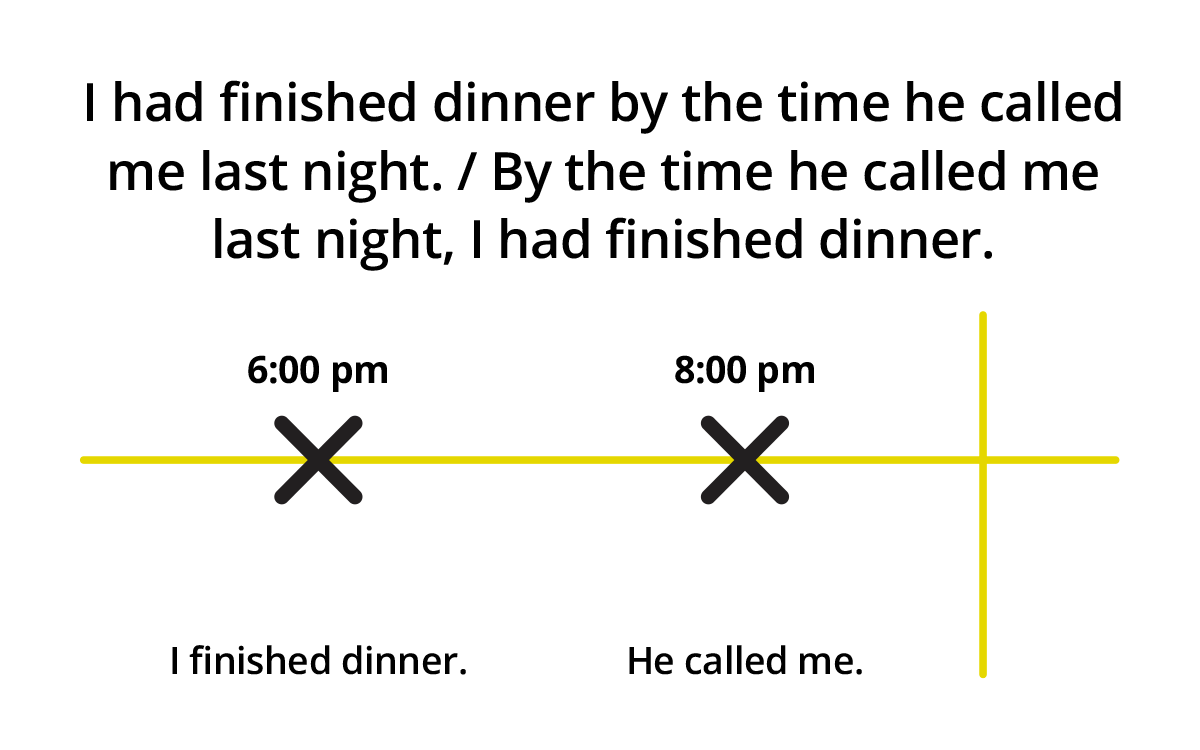
Image Courtesy:ġ.”2549069″ by congerdesign (CC0) via pixabayĢ. Past continuous emphasizes interrupted actions, whereas past perfect continuous emphasizes a duration of time before something in the past. The past perfect is used in the same way as the present perfect, but it refers to a time in the past, not the present. The key difference between past perfect and past perfect continuous is that past perfect indicates the completion of an event in the past whereas past perfect continues implies that an event or action in the past was still continuing. The past perfect continuous is made from had been and the -ing form of a verb: I had been working there for a year. Summary – Past Perfect vs Past Perfect Continuousīoth past perfect and past continuous tenses are used to describe an action that took place in the past. However, you can form the past perfect continuous by adding the present participle of a verb to ‘had been’. You can form the past participle by adding the past participle of a verb to ‘had’. The past perfect continuous tense is used to express that an action started before a point in time in the past and that it was still in progress or it had.
#Past perfect continuous vs past perfect how to
Moreover, their formation is another difference between past perfect and past perfect continuous. Past Perfect 33,478 views 443 Dislike Share Save EnglishDive 10.3K subscribers Learn how to compare Past Perfect Continuous vs. Therefore, this is the key difference between past perfect and past perfect continuous. Past Perfect indicates that action ended in the past before another one started while past perfect continuous indicates that an ongoing action ended at a certain point in the past. What is the Difference Between Past Perfect and Past Perfect Continuous

Sentence: He had saved the document before the computer crashed. We can use the past continuous tense in a similar way to show causation, but the difference is that the past continuous describes an action that finished just. Note that it’s the first action that takes the past perfect tense. There are two past events in this example, cooking dinner and arrival of guests. When you describe this moment to a friend, you would say this as “I had already cooked dinner by the time guests arrived”.

You can make past perfect tense by adding ‘had’ to the past participle of a verb.įor example, imagine that you finished cooking dinner before your guests arrived. The past perfect helps talk about something that happened before a certain point in the past, whereas the past perfect continuous is used to talk about. Therefore, this tense refers to something that happened before something else. More importantly, it indicates that one event happened before another in the past. In brief, past perfect tense describes an event that has started and finished in the past. Side by Side Comparison – Past Perfect vs Past Perfect Continuous in Tabular Form However, there is a distinct difference between past perfect and past perfect continuous tenses based on their usage and formation. We also sometimes do this in informal writing.The key difference between past perfect and past perfect continuous is that past perfect indicates the completion of an event in the past but, past perfect continues implies that an event or action in the past was still continuing.īoth past perfect and past continuous tenses are used to describe an action that took place in the past. When we use the Past Perfect Continuous in speaking, we often contract the subject and the first auxiliary verb. for a period which started in the past and. The PPC can also be used to show the results of a past action. when to use the Past Perfect for an action or event which was already completed before some point in the past.

Look at these example sentences with the Past Perfect Continuous tense: The Past Perfect Continuous Tense The past action doesnt always have to be interrupted. The main verb is invariable in present participle form: -ingįor negative sentences we insert not after the first auxiliary verb.įor question sentences, we exchange the subject and the first auxiliary verb. The second auxiliary verb (be) is invariable in past participle form: been The first auxiliary verb (have) is conjugated in the Past Simple, invariable: had


 0 kommentar(er)
0 kommentar(er)
